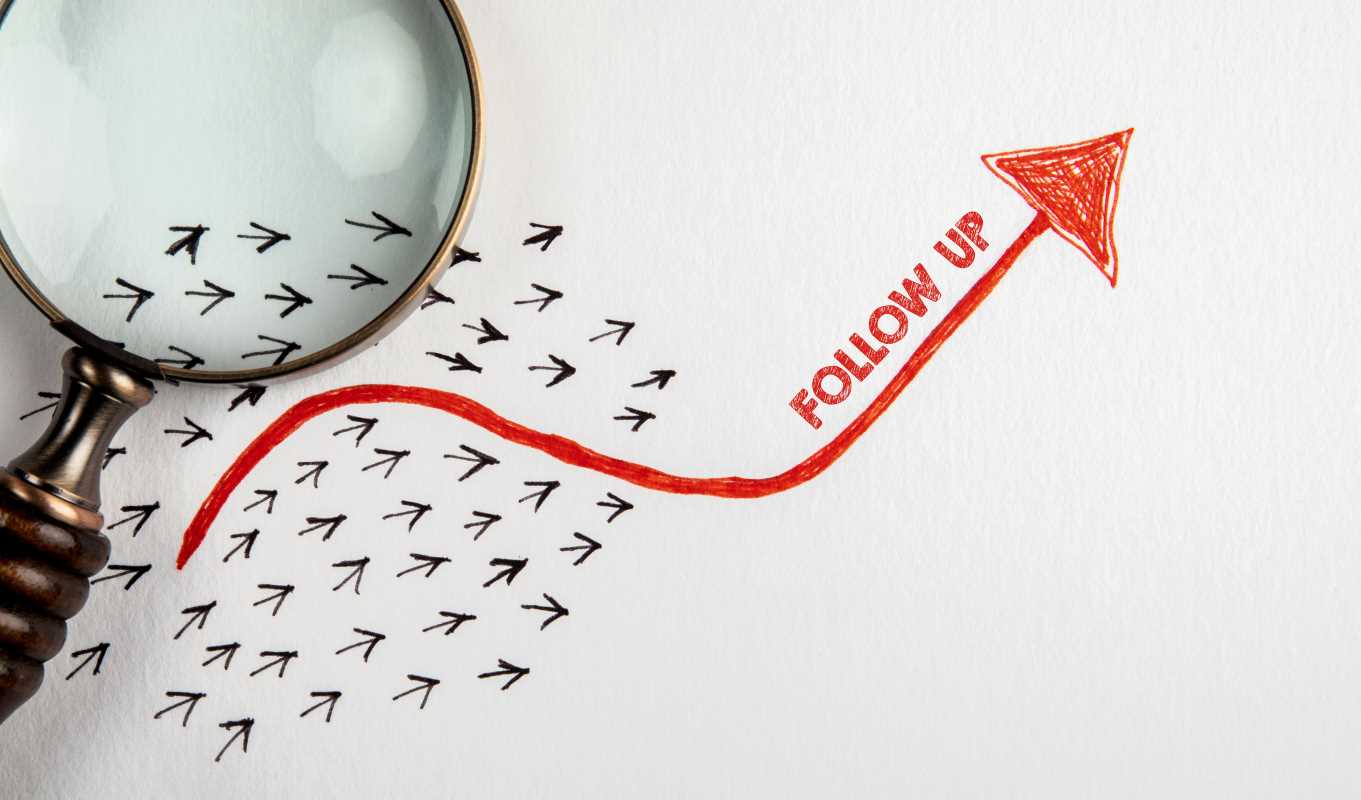Networking events, coffee chats, and quick conversations at conferences often result in a pocketful of business cards or a list of new LinkedIn connections. We meet interesting people, exchange pleasantries, and then... nothing. These casual connections drift into the background, becoming just another name on a list. But what if these brief encounters hold the potential for something more? With the right mindset and a bit of intentional effort, these seemingly minor interactions can be nurtured into powerful partnerships, client relationships, and career-defining opportunities. The secret isn't about aggressive follow-ups or a hard sales pitch. It’s about genuinely investing in the relationship, finding common ground, and patiently building a bridge from a simple "hello" to a mutually beneficial collaboration.
The Art of the Meaningful Follow-Up
The first step in turning a casual acquaintance into a real connection happens within 24-48 hours of meeting them. A prompt follow-up shows you were paying attention and value the interaction. However, a generic "It was nice to meet you" email is forgettable. To make your follow-up stand out, it needs to be personal and specific.
Reference something you discussed. Did they mention a book they were reading, a project they were excited about, or a challenge they were facing? Mention it in your message. For example, "It was great chatting with you at the conference yesterday. I was thinking about what you said regarding [specific topic] and found this article that you might find interesting." This simple act does two things: it jogs their memory of your conversation and immediately provides value without asking for anything in return. It shifts the dynamic from a networking formality to the beginning of a genuine professional friendship.
From Acquaintance to Ally: Nurturing the Connection
A single follow-up is a good start, but building a relationship requires consistent, low-pressure engagement over time. You don't want to bombard them with messages, but you do want to stay on their radar in a positive and helpful way. The goal is to become a familiar and welcome name in their inbox or social media feed.
Stay Gently in Touch
Think of this as a "slow-drip" approach to relationship building. Here are a few ways to nurture the connection without being demanding:
- Engage on social media: A thoughtful comment on their LinkedIn post or a reply to a story on Instagram shows you're paying attention to their work.
- Share relevant resources: If you come across an article, a podcast, or a tool that you think would help them, send it their way with a quick note.
- Make a helpful introduction: If you know someone in your network who could help them, offering to make an introduction is an incredibly generous act that builds significant goodwill.
These small, consistent touchpoints build a foundation of trust and generosity. You are demonstrating that you are interested in their success, which makes them more likely to be interested in yours.
Listening for Opportunity
As you nurture these connections, you need to shift from talking to listening. Pay close attention to what they share about their work, their goals, and their frustrations. People often reveal their needs and challenges in casual conversation or through their online content. Is a business owner you know mentioning how overwhelmed they are with marketing? Is a colleague from another company talking about a new project that needs a specific skill set?
These are not just conversation points; they are potential opportunities. When you hear someone express a need that you or someone you know can fill, you are in a prime position to offer a solution. This isn't about pouncing with a sales pitch. It’s about connecting the dots. A simple, "I heard you mention you're looking for a great graphic designer. I've worked with someone who does fantastic work in that area if you'd like an introduction," is incredibly helpful and positions you as a valuable resource.
Proposing a Collaboration: The Natural Next Step
When you have built a solid foundation of trust and have identified a shared goal or a complementary need, proposing a more formal collaboration becomes a natural next step. The key is to make your proposal a clear "win-win." Your idea should provide obvious value to both you and your potential partner.
Start with a low-stakes "ask." Instead of immediately suggesting a massive joint venture, propose a smaller, more manageable collaboration. For example, you could suggest:
- Co-authoring a blog post on a topic you are both experts in.
- Doing an Instagram Live session together to discuss an industry trend.
- Grabbing a virtual coffee to brainstorm ideas about a specific challenge you both face.
These small collaborations are like a trial run. They allow you to see what it's like to work together without a major commitment. If the experience is positive and productive, it can pave the way for bigger and more impactful business opportunities down the road. By treating every casual connection as the beginning of a potential relationship and by focusing on giving value first, you can turn a simple handshake into a powerful alliance that drives mutual growth.
 (Image via
(Image via





